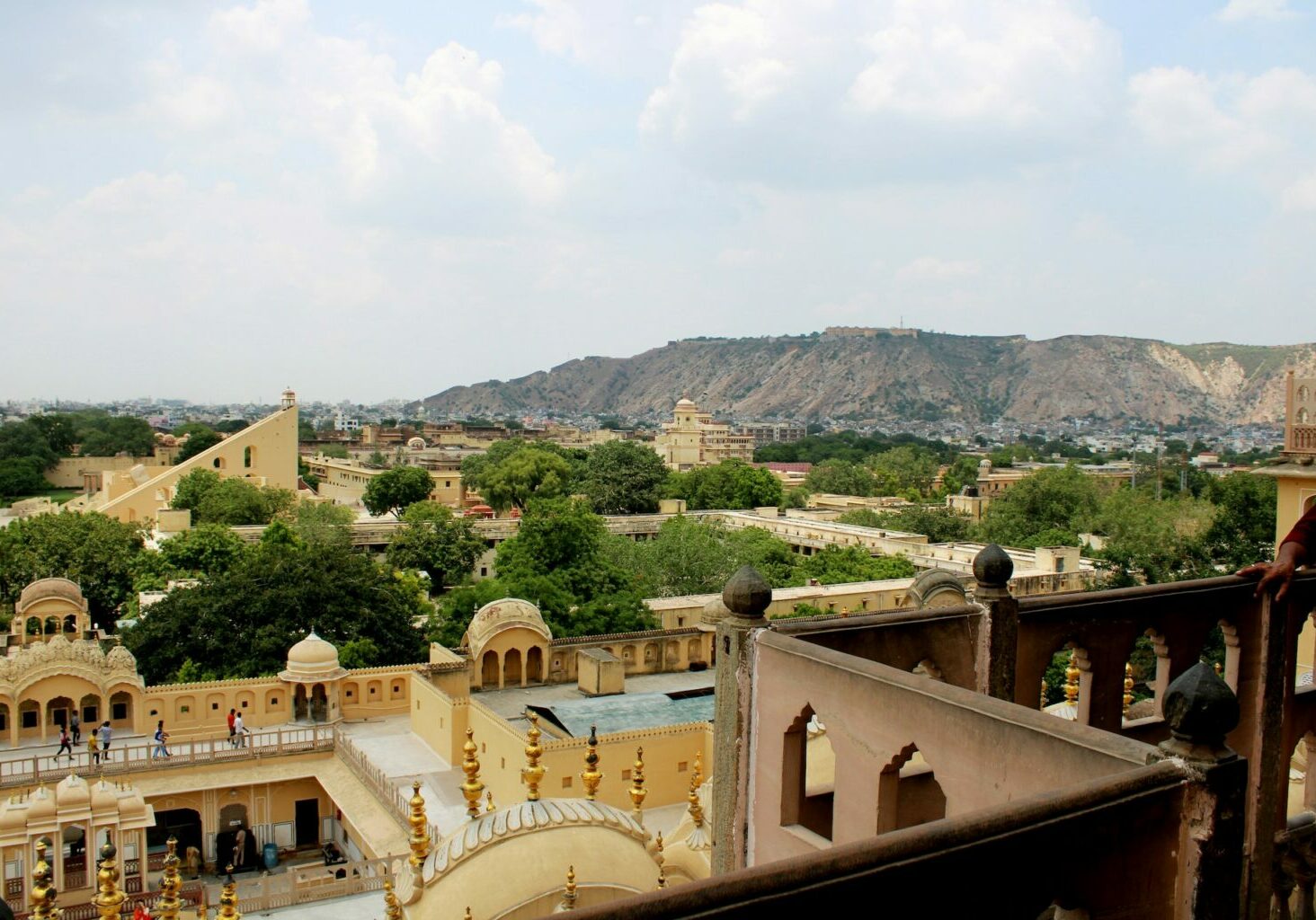Anokhi, a name synonymous with vibrant block prints and handcrafted clothing, is more than just a fashion brand. It’s a celebration of India’s rich textile heritage. Since its inception, Anokhi has woven together tradition, craftsmanship, and sustainability, creating beautiful garments that tell a story of cultural preservation – and artistic integrity. Today we’re delving into the history of Anokhi, tracing its roots, evolution, and lasting impact on the world of fashion.
Origins: A Vision of Revival
The story of Anokhi begins in the early 1970s in Jaipur, India, where John and Faith Singh, a British-Indian couple, embarked on a mission to revive traditional Indian crafts. At a time when India’s rich textile traditions were threatened by industrialisation and modernisation, the Singhs saw an opportunity to create a brand that would not only preserve these crafts but also present them in a contemporary, wearable form.
The word “Anokhi” itself means “unique” in Hindi, reflecting the brand’s ethos of creating one-of-a-kind pieces that stand apart from mass-produced fashion. The Singhs were particularly drawn to the art of block printing, an age-old technique where intricate designs are hand-carved onto wooden blocks and then stamped onto fabric. This labor-intensive process, passed down through generations of artisans, became the cornerstone of Anokhi’s identity.
The Craft of Block Printing
Block printing is a technique that dates back over 4,000 years, with roots in the Indian subcontinent. It involves a meticulous process where artisans carve designs onto wooden blocks, dip them in natural dyes, and press them onto fabric. Each color in the design requires a separate block, and the fabric is stamped repeatedly until the pattern is complete. This is the same process used to create authentic Anokhi homewares and clothing today.
For Anokhi, block printing is not just a method of decoration but a medium of storytelling. The brand works closely with skilled artisans from Rajasthan, a region renowned for its mastery of the craft. Each piece of Anokhi clothing is a testament to the artisan’s skill, featuring patterns inspired by nature, geometry, and traditional Indian motifs.
Anokhi’s Evolution and Expansion
In the decades following its founding, Anokhi expanded from a small operation in Jaipur to an internationally recognized brand. The Singhs’ commitment to ethical practices and sustainability set Anokhi apart in the fashion industry. They ensured that artisans were paid fairly for their work, and they prioritised the use of natural dyes and organic fabrics long before these practices became mainstream.
Anokhi’s designs began to gain popularity not just in India but also among fashion enthusiasts abroad. The brand opened stores in major cities across India, and its products started appearing in boutiques around the world. Despite its growth, Anokhi remained true to its roots, continuing to work with local artisans and preserving the traditional methods that had made it famous.
The Anokhi Museum of Hand Printing
To further its mission of preserving India’s textile heritage, Anokhi established the Anokhi Museum of Hand Printing in 2005. Located in a restored haveli (mansion) in Jaipur, the museum is dedicated to the art of block printing. It showcases the history of the craft, the techniques involved, and the evolution of Anokhi’s designs over the years.
The museum also serves as an educational resource for visitors, offering insights into the labor-intensive process of hand printing and highlighting the importance of preserving traditional crafts in a rapidly changing world.
Anokhi Today: A Symbol of Sustainable Fashion
Today, Anokhi is celebrated not only for its beautiful clothing but also for its commitment to sustainability and ethical practices. The brand’s collections continue to be handcrafted by skilled artisans, using eco-friendly materials and methods that minimize environmental impact.
Anokhi’s influence extends beyond fashion; it has inspired a new generation of designers and consumers to value craftsmanship, sustainability, and cultural heritage. In a world increasingly dominated by fast fashion, Anokhi stands as a beacon of slow fashion, where each garment is made with care, skill, and a deep respect for tradition.
